Solar and wind power are booming, but the world's transition to renewable electricity is still too slow to quickly meet climate goals. Harnessing wind and solar energy on a global scale is easier said than done for many reasons. One is that wind turbines and solar panels are complex, finicky engineered systems that are prone to failure. Frequent breakdowns reduce power output and make wind and solar farms expensive to operate and maintain.

Joyjit Chatterjee, a data scientist at the University of Hull in England, said the ability to use artificial intelligence to predict power production and component failures could make renewable electricity more economical and reliable to Accelerate widespread adoption. However, it is not used in this area as it is in many other areas such as e-commerce, manufacturing, and healthcare. "Artificial intelligence could have a real impact on climate change and sustainability," he said, "but there is very little work related to the renewable energy field."
So Chatterjee and his colleagues, He Nina Dethlefs, Director of Computer Science at MU, brought together experts in artificial intelligence and renewable energy at the recent International Conference on Learning Representations (ICLR). In a perspective paper published June 10 in the Data Science Journal Patterns, the pair present key takeaways from the conference, outlining the barriers limiting the impact of AI on renewable energy and how established and emerging technologies can be used to artificial intelligence methods to overcome these obstacles.
Wind turbines and solar panels on utility-scale farms are equipped with sensors that allow operators to remotely monitor their power generation and health. These sensors include vibration sensors, temperature sensors, accelerometers, and speed sensors. The data they generate offers an opportunity. AI models trained on historical power generation and failure data can predict unexpected failures in wind turbine gearboxes or solar panel inverters, helping operators prepare for outages and plan routine maintenance.
Chatterjee said reinforcement learning is an exciting new machine learning technique that can help improve these models. In reinforcement learning, an algorithm interacts with the world during training, receiving continuous feedback on reward or punishment decisions to learn how to achieve certain goals. This type of real interaction could come from humans.
“One of the dangers of AI is that it’s not perfect,” Chatterjee said. “We can have people involved to constantly help optimize the AI model. People often worry that AI will replace the human part and make decisions. . But humans need to work with AI models to jointly optimize the models for decision support."
He added that a focus on natural language generation (the process of converting data into human-readable text) will enhance the Trust in artificial intelligence and increase its use. Due to a lack of transparency, industry engineers are reluctant to use the few failure prediction models created by researchers. Providing operators with brief natural language messages will facilitate interaction.
For the artificial intelligence community, one of the barriers to creating better models is the limited amount of publicly available data, given the commercial sensitivities of the wind and solar industries. Chatterjee said that in addition to industry reluctance to share data openly, a lack of standards also affects the development of AI models. "Wind farm operators in different parts of the world manage data differently, so it's really challenging for researchers to use resources together."
To solve this problem, the artificial intelligence community can use a method called Machine learning techniques for transfer learning. By identifying hidden patterns in various features in the data, this method allows data scientists to transfer the knowledge gained from solving one machine learning task to another related task, making it easier to train neural networks and develop deep learning models when data is limited. . "This will help you develop a model for turbine Y based on a model just for turbine X, even without historical data," Chatterjee said. However, neural networks are not necessarily Always the answer. These deep learning models have become popular because they are traditionally suitable for learning from images and text. The problem is, neural networks often fail. Furthermore, training these large-scale, computationally complex models requires energy-intensive high-performance computing infrastructure, which is difficult to achieve in developing countries.
At least for the renewable energy sector, sometimes it can be okay to be simple. The AI community should first focus on using simpler machine learning models, such as decision trees, to see if they work. "Generally not every problem requires a neural network," Chatterjee said. "Why increase carbon emissions by training and developing more computationally complex neural networks? Future research needs to be conducted on less resource-intensive and carbon-intensive models." ”
The above is the detailed content of Do the benefits of AI for solar and wind energy exist?. For more information, please follow other related articles on the PHP Chinese website!
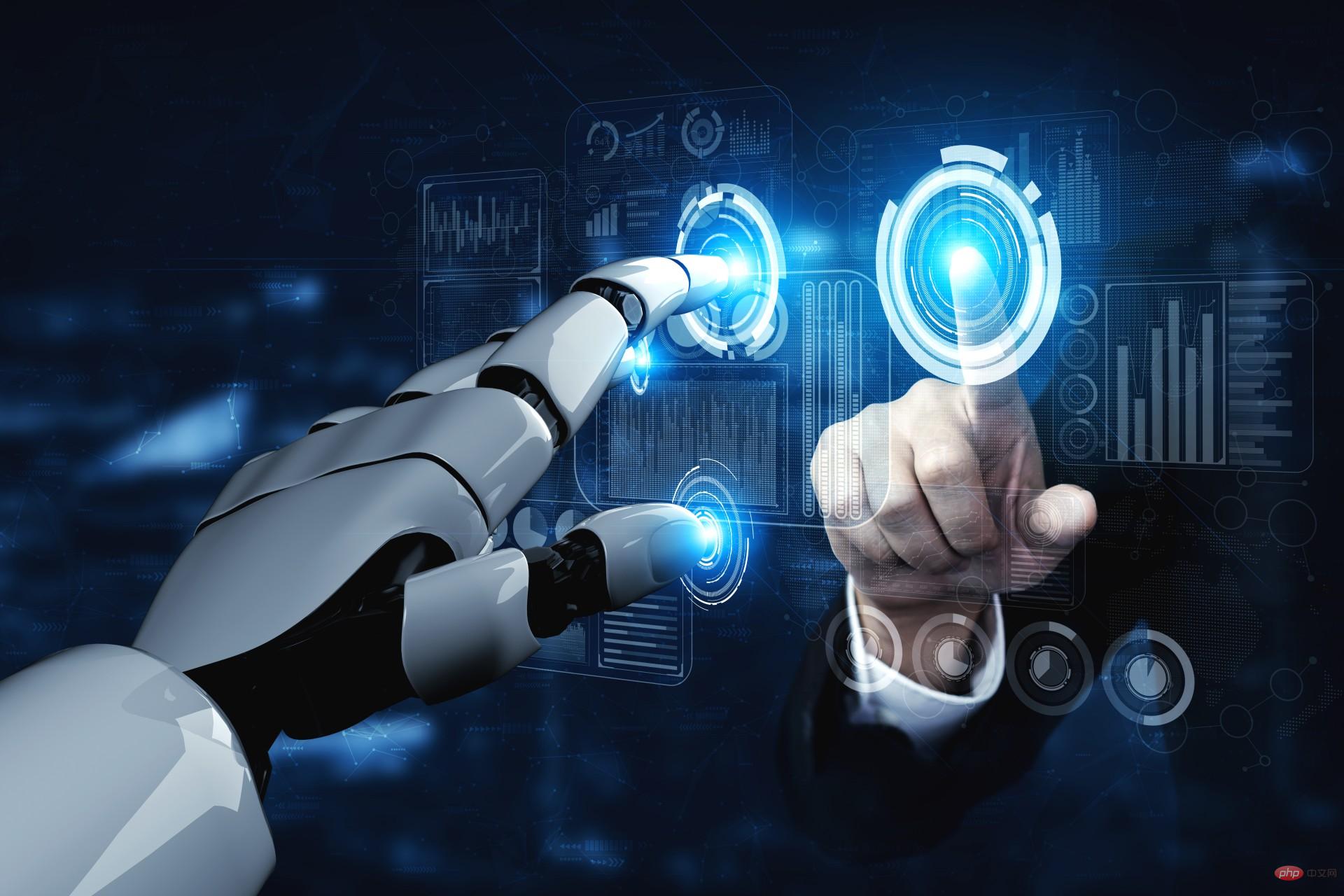 2023年机器学习的十大概念和技术Apr 04, 2023 pm 12:30 PM
2023年机器学习的十大概念和技术Apr 04, 2023 pm 12:30 PM机器学习是一个不断发展的学科,一直在创造新的想法和技术。本文罗列了2023年机器学习的十大概念和技术。 本文罗列了2023年机器学习的十大概念和技术。2023年机器学习的十大概念和技术是一个教计算机从数据中学习的过程,无需明确的编程。机器学习是一个不断发展的学科,一直在创造新的想法和技术。为了保持领先,数据科学家应该关注其中一些网站,以跟上最新的发展。这将有助于了解机器学习中的技术如何在实践中使用,并为自己的业务或工作领域中的可能应用提供想法。2023年机器学习的十大概念和技术:1. 深度神经网
 超参数优化比较之网格搜索、随机搜索和贝叶斯优化Apr 04, 2023 pm 12:05 PM
超参数优化比较之网格搜索、随机搜索和贝叶斯优化Apr 04, 2023 pm 12:05 PM本文将详细介绍用来提高机器学习效果的最常见的超参数优化方法。 译者 | 朱先忠审校 | 孙淑娟简介通常,在尝试改进机器学习模型时,人们首先想到的解决方案是添加更多的训练数据。额外的数据通常是有帮助(在某些情况下除外)的,但生成高质量的数据可能非常昂贵。通过使用现有数据获得最佳模型性能,超参数优化可以节省我们的时间和资源。顾名思义,超参数优化是为机器学习模型确定最佳超参数组合以满足优化函数(即,给定研究中的数据集,最大化模型的性能)的过程。换句话说,每个模型都会提供多个有关选项的调整“按钮
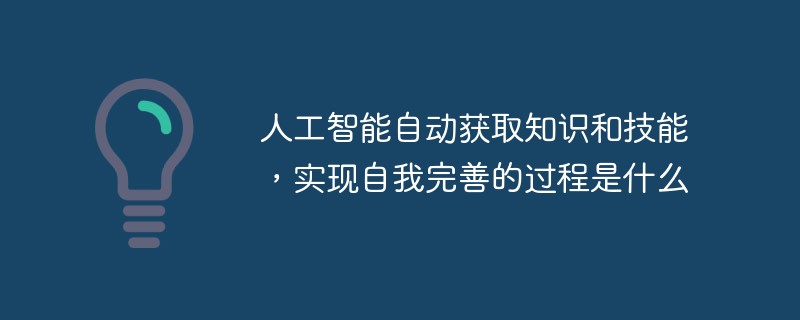 人工智能自动获取知识和技能,实现自我完善的过程是什么Aug 24, 2022 am 11:57 AM
人工智能自动获取知识和技能,实现自我完善的过程是什么Aug 24, 2022 am 11:57 AM实现自我完善的过程是“机器学习”。机器学习是人工智能核心,是使计算机具有智能的根本途径;它使计算机能模拟人的学习行为,自动地通过学习来获取知识和技能,不断改善性能,实现自我完善。机器学习主要研究三方面问题:1、学习机理,人类获取知识、技能和抽象概念的天赋能力;2、学习方法,对生物学习机理进行简化的基础上,用计算的方法进行再现;3、学习系统,能够在一定程度上实现机器学习的系统。
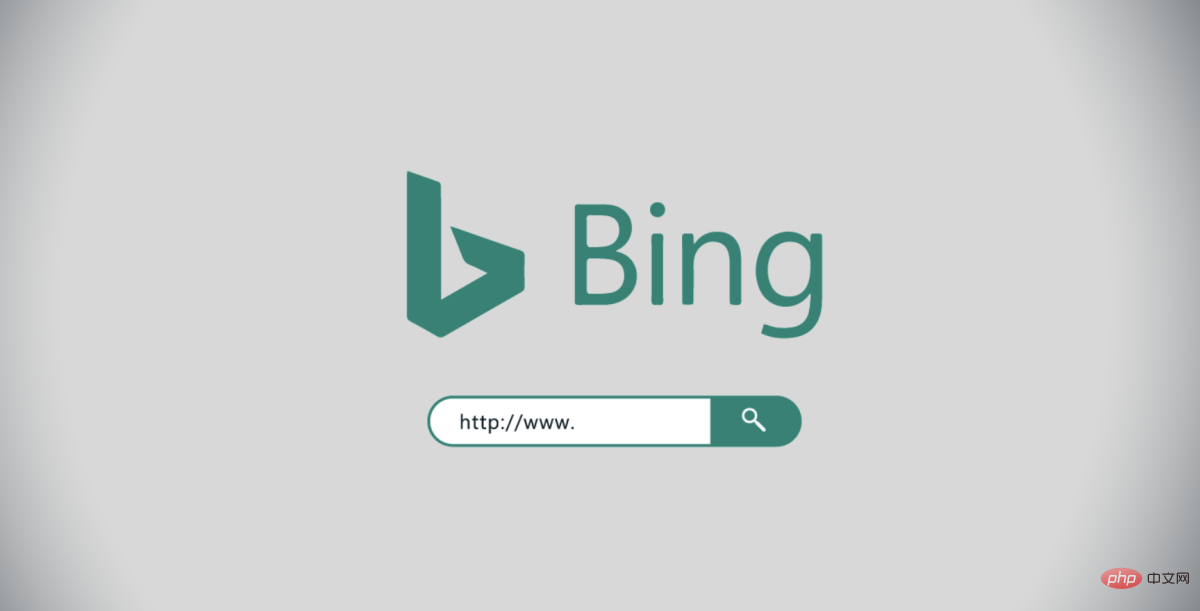 得益于OpenAI技术,微软必应的搜索流量超过谷歌Mar 31, 2023 pm 10:38 PM
得益于OpenAI技术,微软必应的搜索流量超过谷歌Mar 31, 2023 pm 10:38 PM截至3月20日的数据显示,自微软2月7日推出其人工智能版本以来,必应搜索引擎的页面访问量增加了15.8%,而Alphabet旗下的谷歌搜索引擎则下降了近1%。 3月23日消息,外媒报道称,分析公司Similarweb的数据显示,在整合了OpenAI的技术后,微软旗下的必应在页面访问量方面实现了更多的增长。截至3月20日的数据显示,自微软2月7日推出其人工智能版本以来,必应搜索引擎的页面访问量增加了15.8%,而Alphabet旗下的谷歌搜索引擎则下降了近1%。这些数据是微软在与谷歌争夺生
 荣耀的人工智能助手叫什么名字Sep 06, 2022 pm 03:31 PM
荣耀的人工智能助手叫什么名字Sep 06, 2022 pm 03:31 PM荣耀的人工智能助手叫“YOYO”,也即悠悠;YOYO除了能够实现语音操控等基本功能之外,还拥有智慧视觉、智慧识屏、情景智能、智慧搜索等功能,可以在系统设置页面中的智慧助手里进行相关的设置。
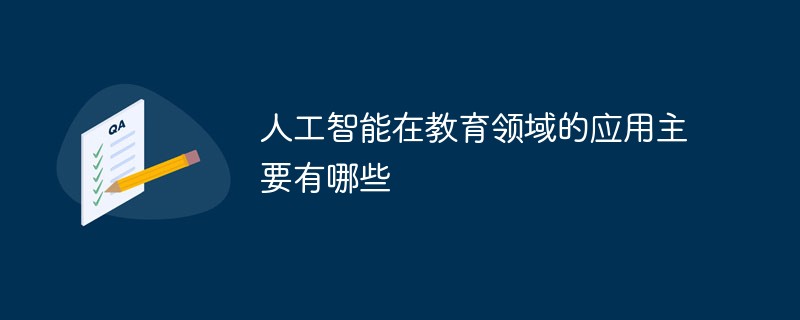 人工智能在教育领域的应用主要有哪些Dec 14, 2020 pm 05:08 PM
人工智能在教育领域的应用主要有哪些Dec 14, 2020 pm 05:08 PM人工智能在教育领域的应用主要有个性化学习、虚拟导师、教育机器人和场景式教育。人工智能在教育领域的应用目前还处于早期探索阶段,但是潜力却是巨大的。
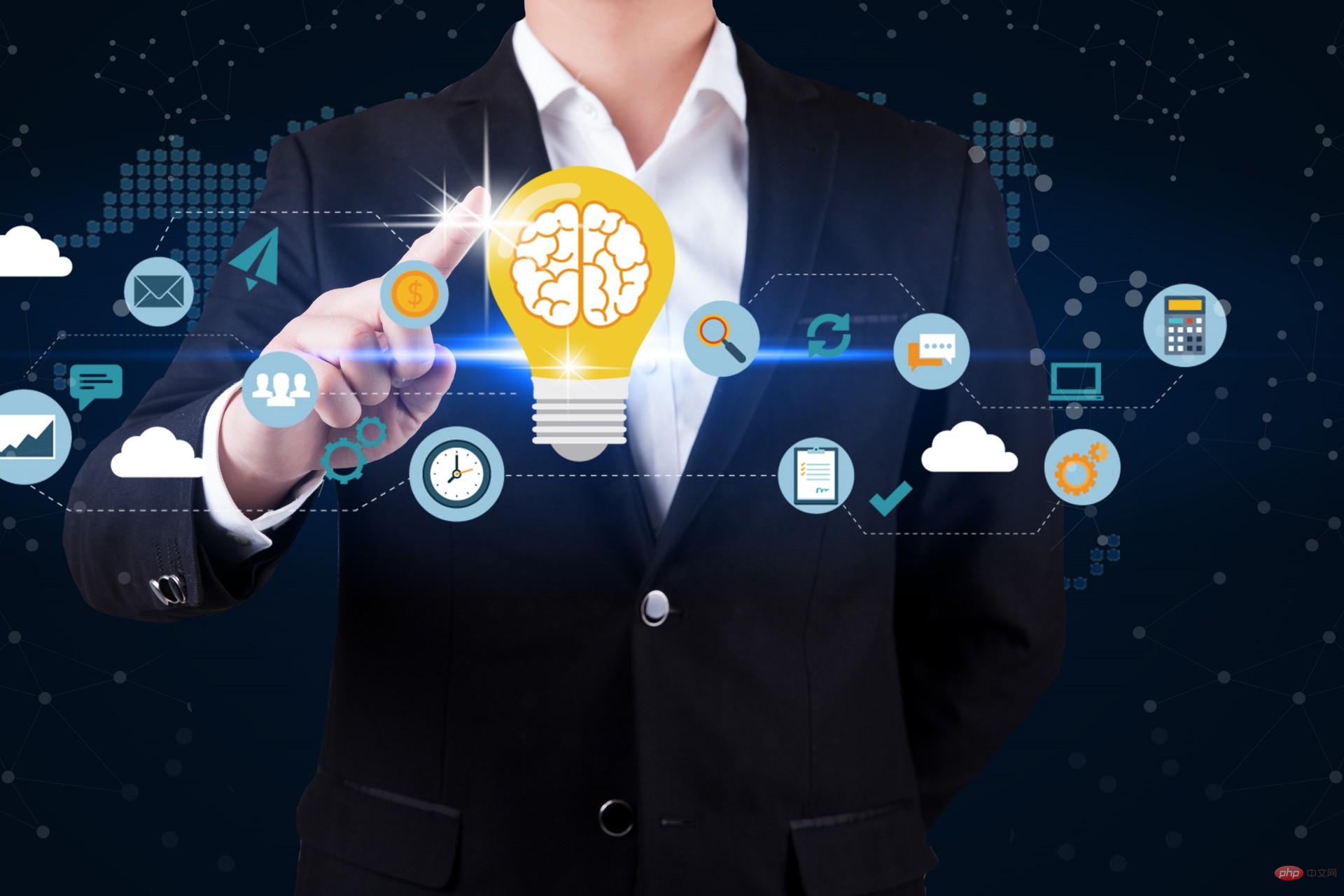 30行Python代码就可以调用ChatGPT API总结论文的主要内容Apr 04, 2023 pm 12:05 PM
30行Python代码就可以调用ChatGPT API总结论文的主要内容Apr 04, 2023 pm 12:05 PM阅读论文可以说是我们的日常工作之一,论文的数量太多,我们如何快速阅读归纳呢?自从ChatGPT出现以后,有很多阅读论文的服务可以使用。其实使用ChatGPT API非常简单,我们只用30行python代码就可以在本地搭建一个自己的应用。 阅读论文可以说是我们的日常工作之一,论文的数量太多,我们如何快速阅读归纳呢?自从ChatGPT出现以后,有很多阅读论文的服务可以使用。其实使用ChatGPT API非常简单,我们只用30行python代码就可以在本地搭建一个自己的应用。使用 Python 和 C
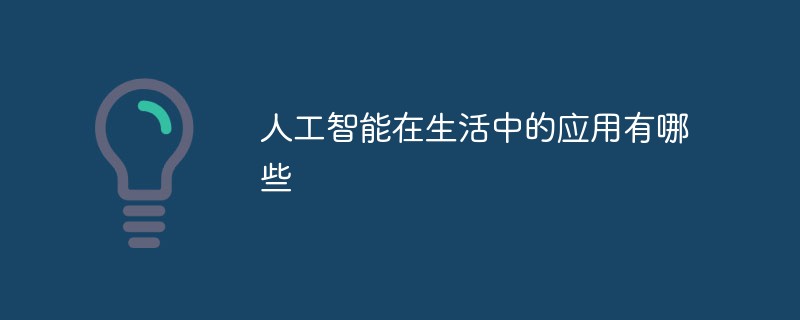 人工智能在生活中的应用有哪些Jul 20, 2022 pm 04:47 PM
人工智能在生活中的应用有哪些Jul 20, 2022 pm 04:47 PM人工智能在生活中的应用有:1、虚拟个人助理,使用者可通过声控、文字输入的方式,来完成一些日常生活的小事;2、语音评测,利用云计算技术,将自动口语评测服务放在云端,并开放API接口供客户远程使用;3、无人汽车,主要依靠车内的以计算机系统为主的智能驾驶仪来实现无人驾驶的目标;4、天气预测,通过手机GPRS系统,定位到用户所处的位置,在利用算法,对覆盖全国的雷达图进行数据分析并预测。


Hot AI Tools

Undresser.AI Undress
AI-powered app for creating realistic nude photos

AI Clothes Remover
Online AI tool for removing clothes from photos.

Undress AI Tool
Undress images for free

Clothoff.io
AI clothes remover

AI Hentai Generator
Generate AI Hentai for free.

Hot Article

Hot Tools

Dreamweaver Mac version
Visual web development tools

SAP NetWeaver Server Adapter for Eclipse
Integrate Eclipse with SAP NetWeaver application server.

Atom editor mac version download
The most popular open source editor

VSCode Windows 64-bit Download
A free and powerful IDE editor launched by Microsoft

SublimeText3 Chinese version
Chinese version, very easy to use






